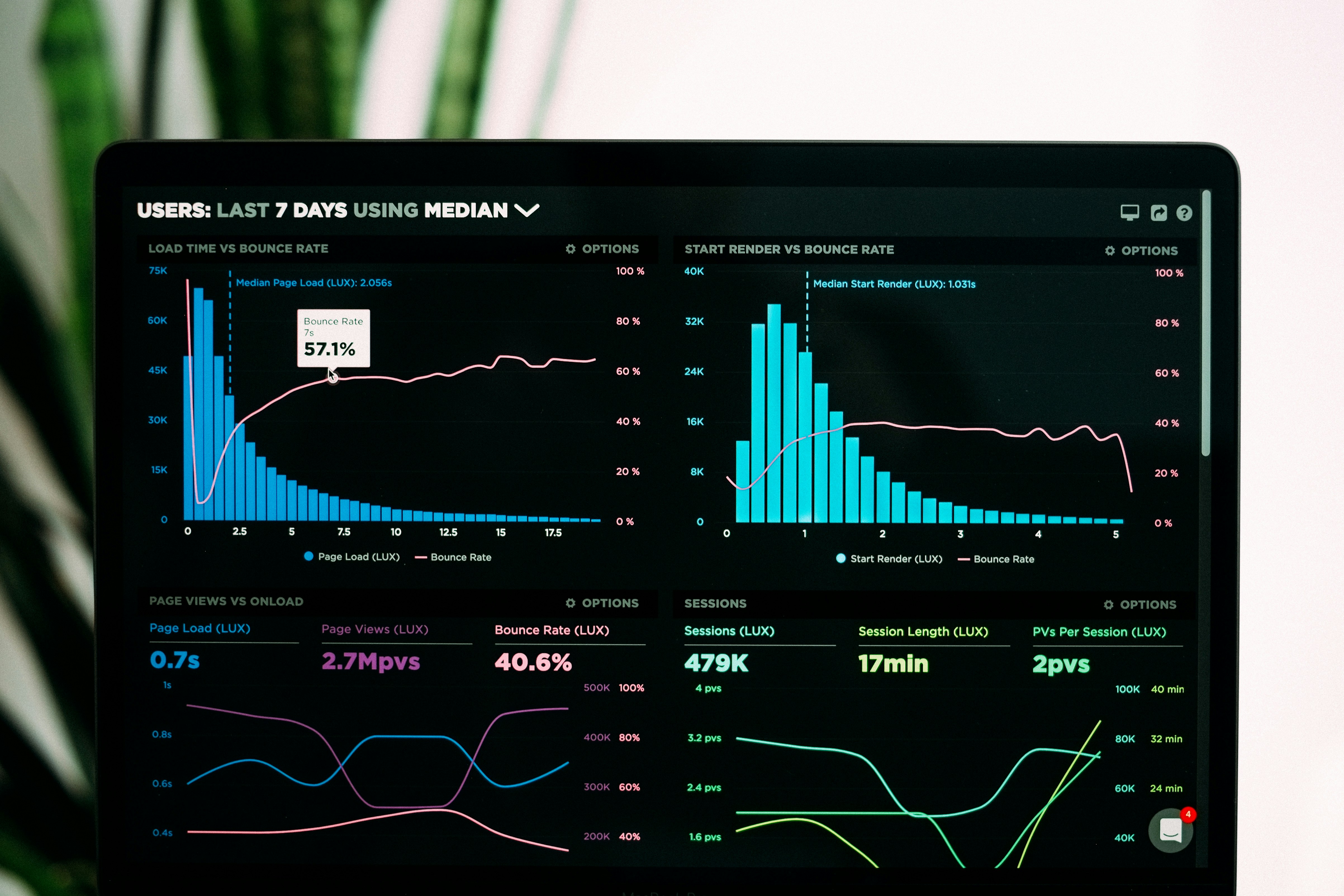Children's Mobile App Privacy Concerns: How Parents Can Stay SHARP
What Privacy Concerns Do Parents Have About Children's Mobile Apps, and How Can They Stay SHARP?

In today's digital age, children are growing up with mobile devices as constant companions. While educational and entertainment apps offer numerous benefits, they also raise significant privacy concerns for parents. From data collection to inappropriate content, the risks are real and growing. This comprehensive guide explores the top privacy concerns parents face and introduces the SHARP method - a practical framework to keep kids safe in the app ecosystem.
Top 5 Privacy Concerns Parents Have About Children's Apps
1. Excessive Data Collection
Many children's apps collect more information than necessary, including:
- Device identifiers
- Location data
- Contact lists
- Browsing history
- Persistent identifiers that track behavior across apps

2. In-App Purchases and Hidden Costs
Free apps often include:
- Aggressive microtransaction prompts
- Virtual currency systems
- "Free trial" traps that convert to paid subscriptions
- Manipulative design patterns targeting children
3. Inappropriate Content and Advertising
Concerns include:
- Age-inappropriate ads (violence, mature content)
- Behavioral advertising targeting children
- User-generated content that hasn't been properly moderated
- Hidden social features that expose children to strangers

4. Weak Age Verification
Many apps fail to properly:
- Verify users' ages
- Adjust content based on age
- Obtain proper parental consent for data collection
- Comply with COPPA (Children's Online Privacy Protection Act)
5. Security Vulnerabilities
Common security issues include:
- Poor encryption of stored data
- Lack of secure authentication
- Vulnerabilities that could expose children's information
- Inadequate protection against malware
The SHARP Method: Protecting Your Child's Privacy
To address these concerns systematically, parents can follow the SHARP method:

S - Scrutinize Before Downloading
- Read privacy policies (look for COPPA compliance)
- Check app permissions (be wary of unnecessary requests)
- Research the developer's reputation
- Look for kid-safe certifications (like kidSAFE Seal)
H - Harden Device Settings
- Enable parental controls on devices
- Turn off location services for apps that don't need it
- Disable in-app purchases
- Use restricted profiles for younger children

A - Actively Monitor Usage
- Keep devices in common areas
- Review app activity regularly
- Use monitoring tools if appropriate for your family
- Have open conversations about online experiences
R - Regularly Review and Update
- Audit installed apps monthly
- Remove unused apps
- Update apps and operating systems promptly
- Re-evaluate privacy settings as children grow
P - Promote Digital Literacy
- Teach children about online privacy
- Explain why certain apps aren't allowed
- Encourage critical thinking about content
- Model good digital habits

Additional Protective Measures
Recommended Privacy-Focused Apps
Consider these safer alternatives:
- Khan Academy Kids (educational)
- Endless Alphabet (learning)
- Pok Pok Playroom (creative play)
- ABCmouse (early learning)
- YouTube Kids (with restricted mode enabled)
Essential Privacy Tools
- VPN services for public Wi-Fi use
- Password managers for secure credentials
- Ad blockers to reduce tracking
- Parental control apps like Bark or Qustodio
Take Action Today
Your child's digital privacy is too important to leave to chance. Implement the SHARP method this week:
- Schedule 30 minutes to review your child's device settings
- Have a conversation about app privacy with your child
- Remove one questionable app and replace it with a safer alternative
Small steps today can lead to significant protection for your child's future.
Conclusion
While children's mobile apps offer incredible opportunities for learning and entertainment, they also present real privacy risks that demand parental attention. By understanding the key concerns - from data collection to inappropriate content - and implementing the SHARP method, parents can create a safer digital environment for their children. Remember, digital parenting isn't about creating perfect protection, but about building awareness, fostering good habits, and maintaining open communication as your child navigates the online world.

Related Articles
- The Ultimate Guide to Parental Controls for All Devices
- How to Talk to Your Kids About Online Privacy
- Best Educational Apps That Respect Your Child's Privacy
- Understanding COPPA: What Parents Need to Know
- Digital Minimalism for Families: Reducing Screen Time Effectively